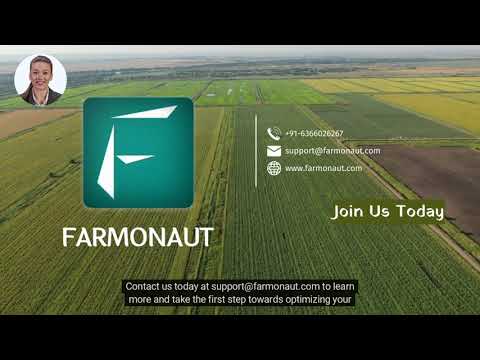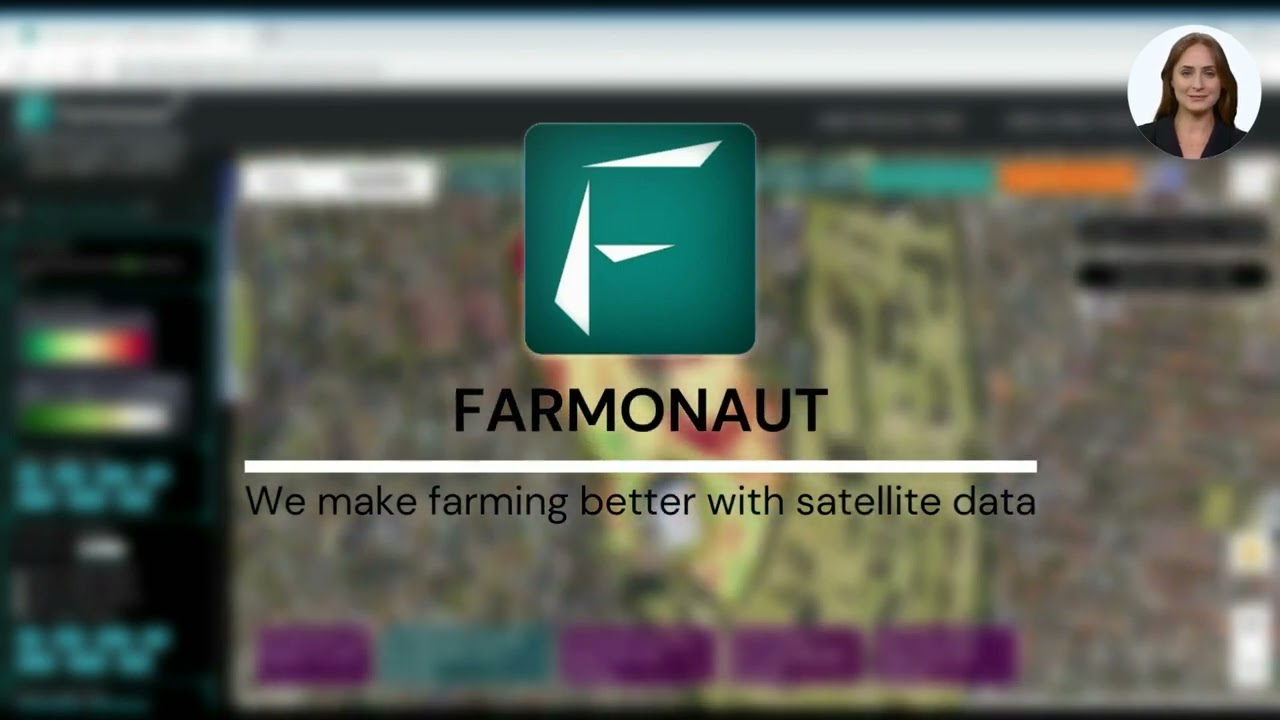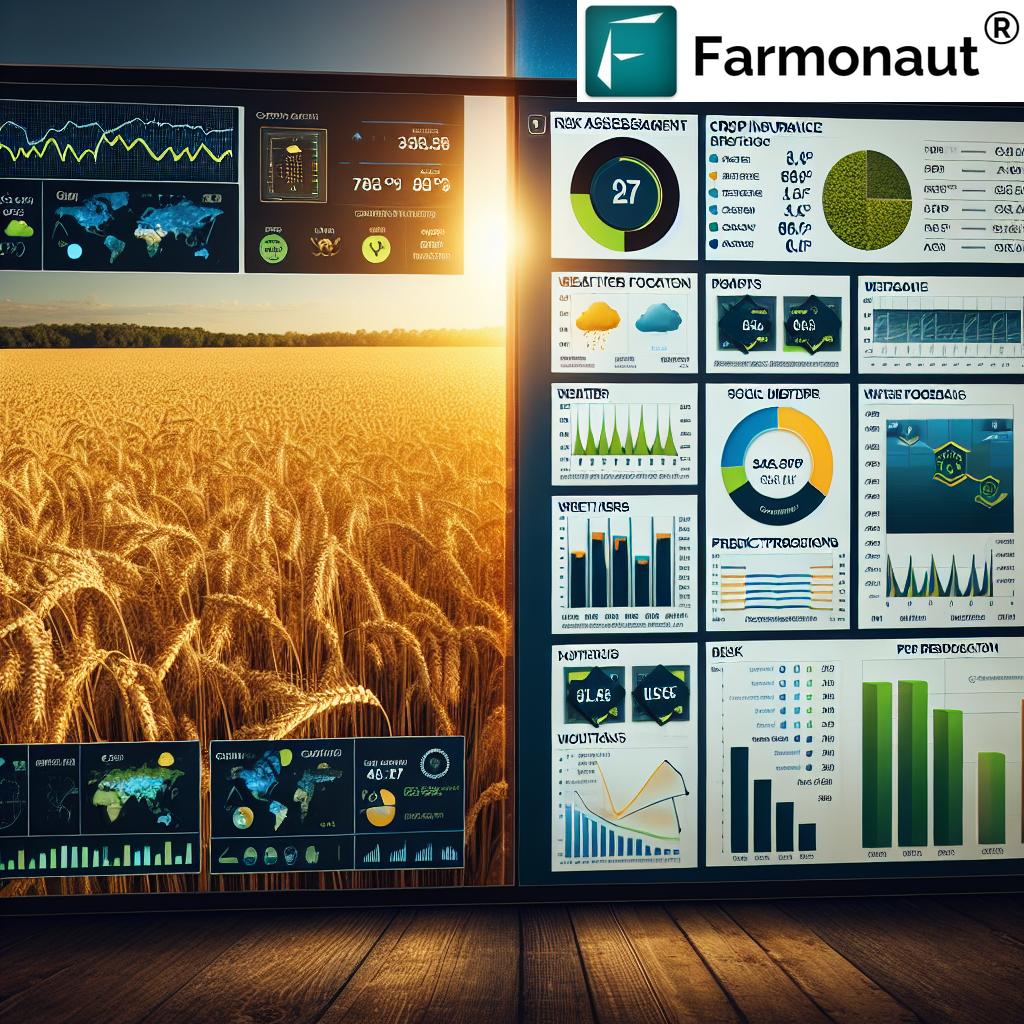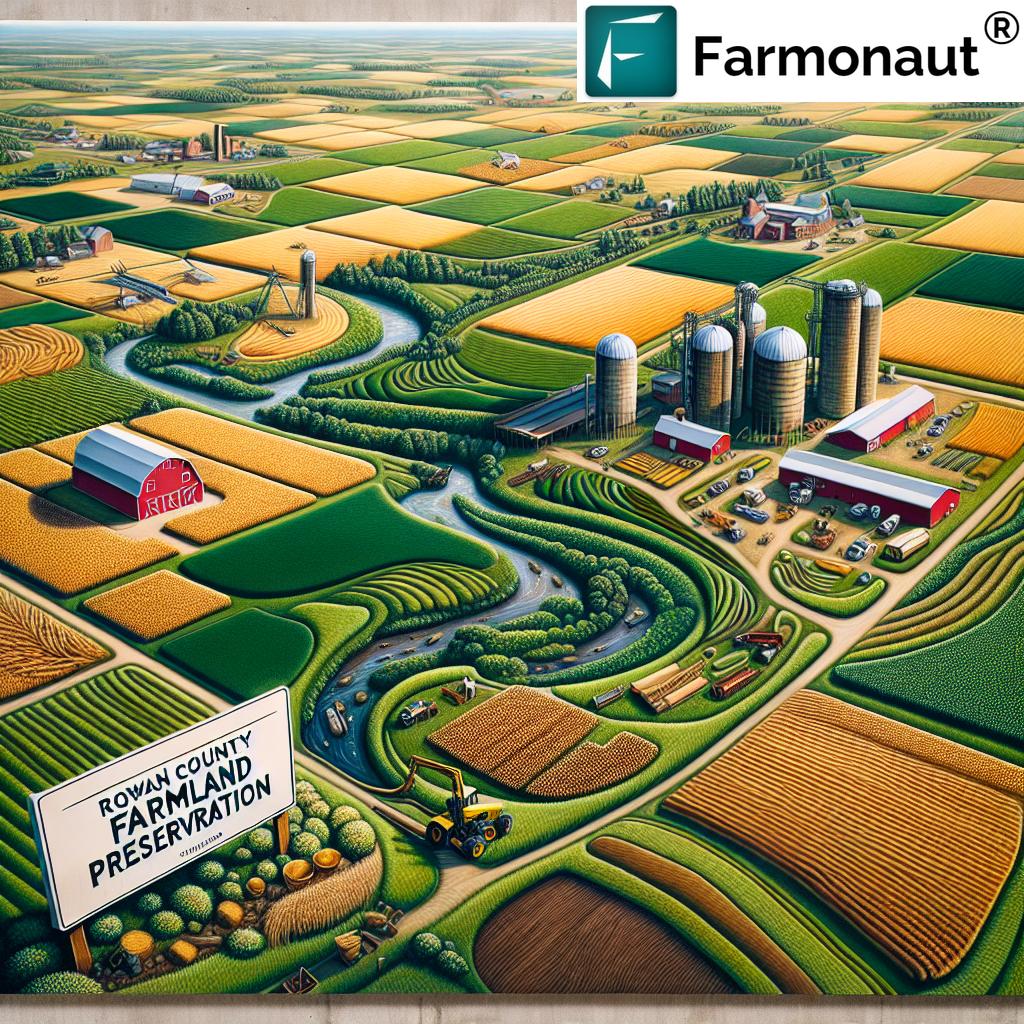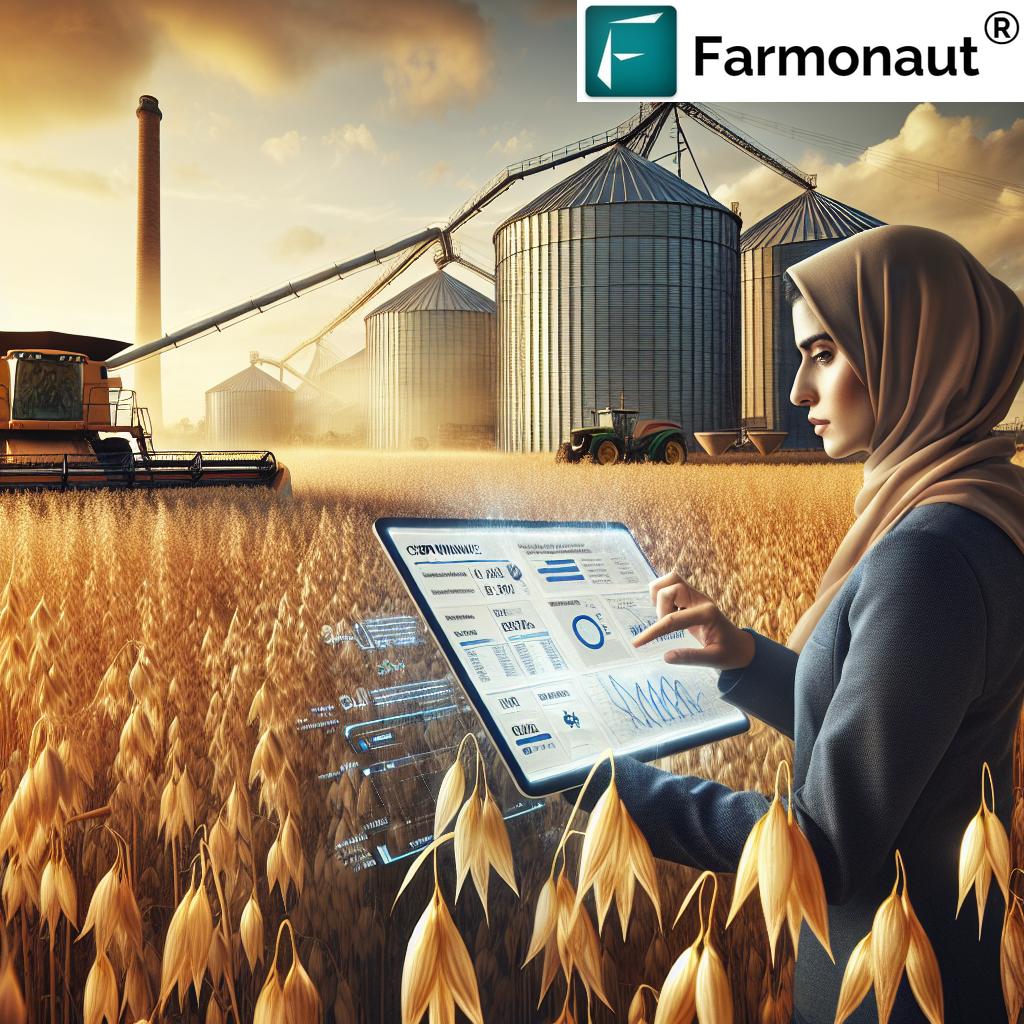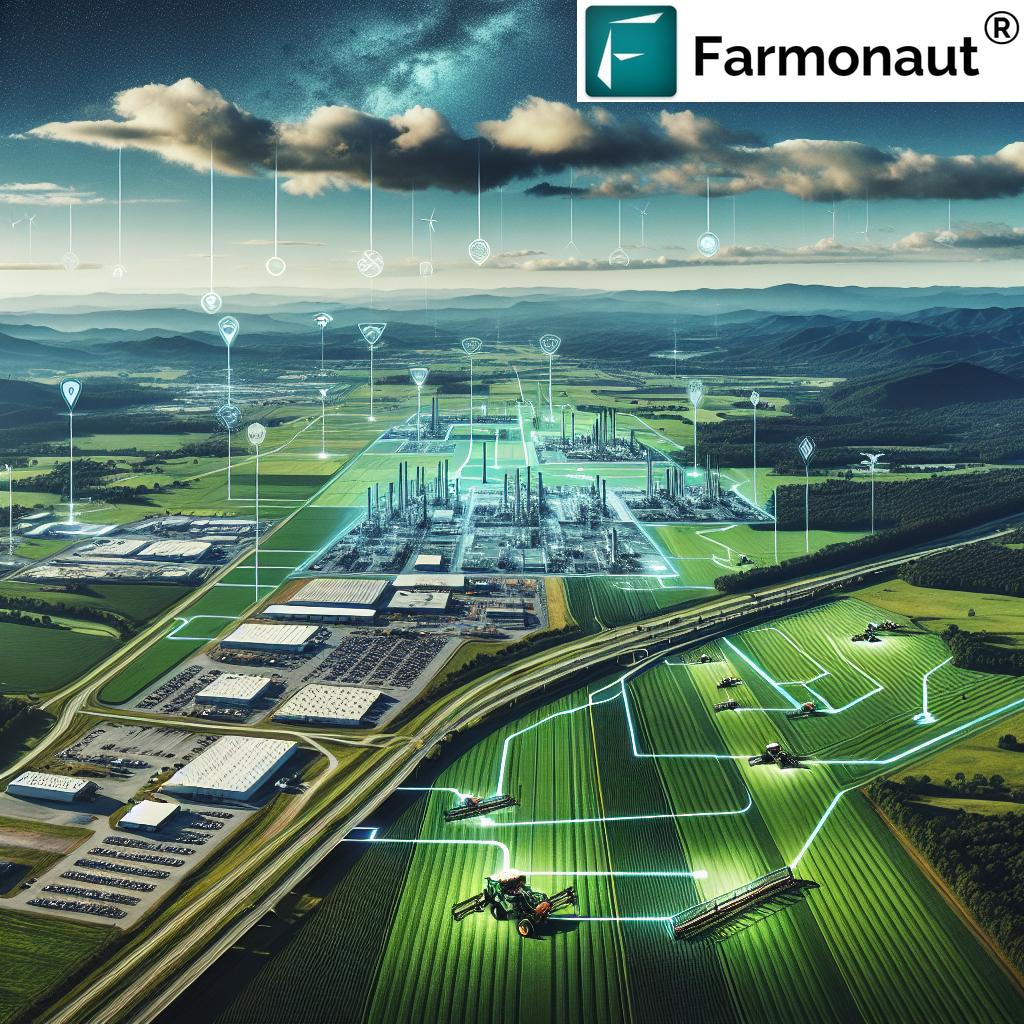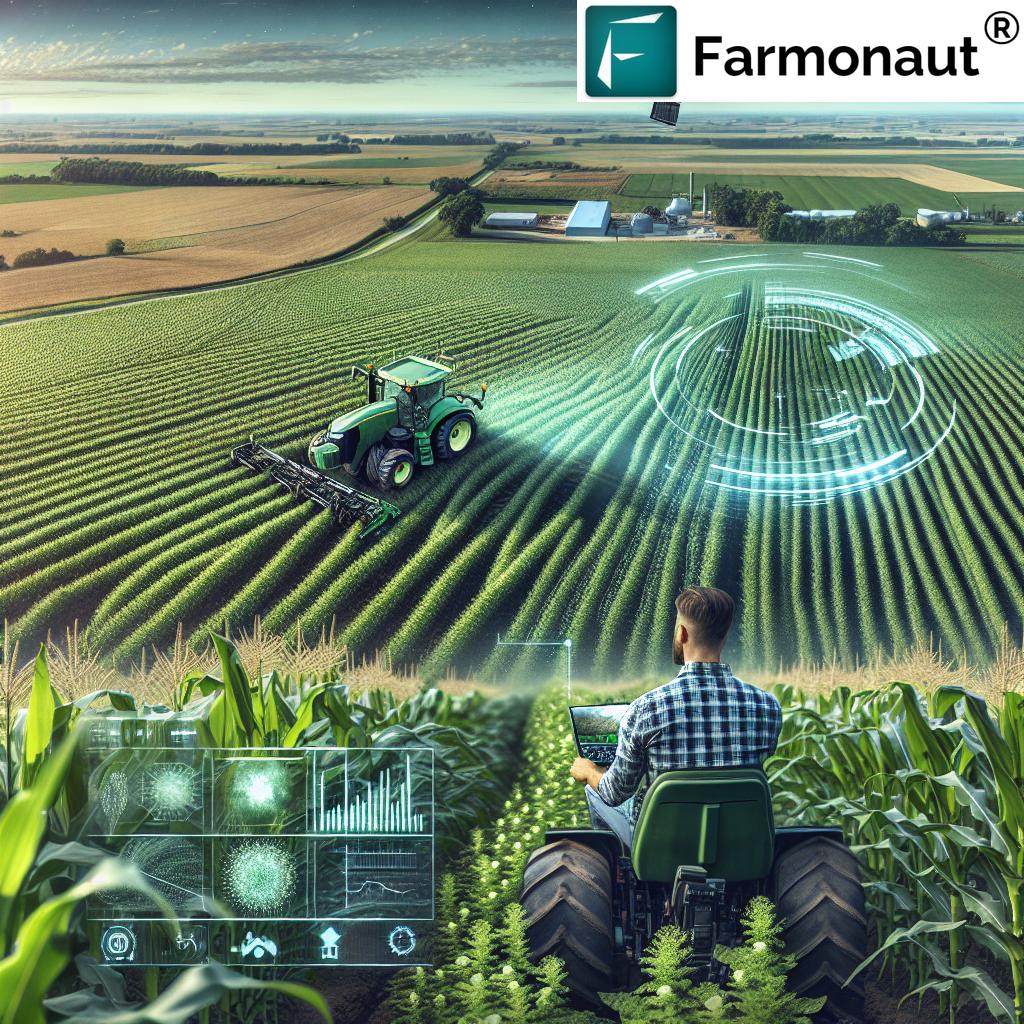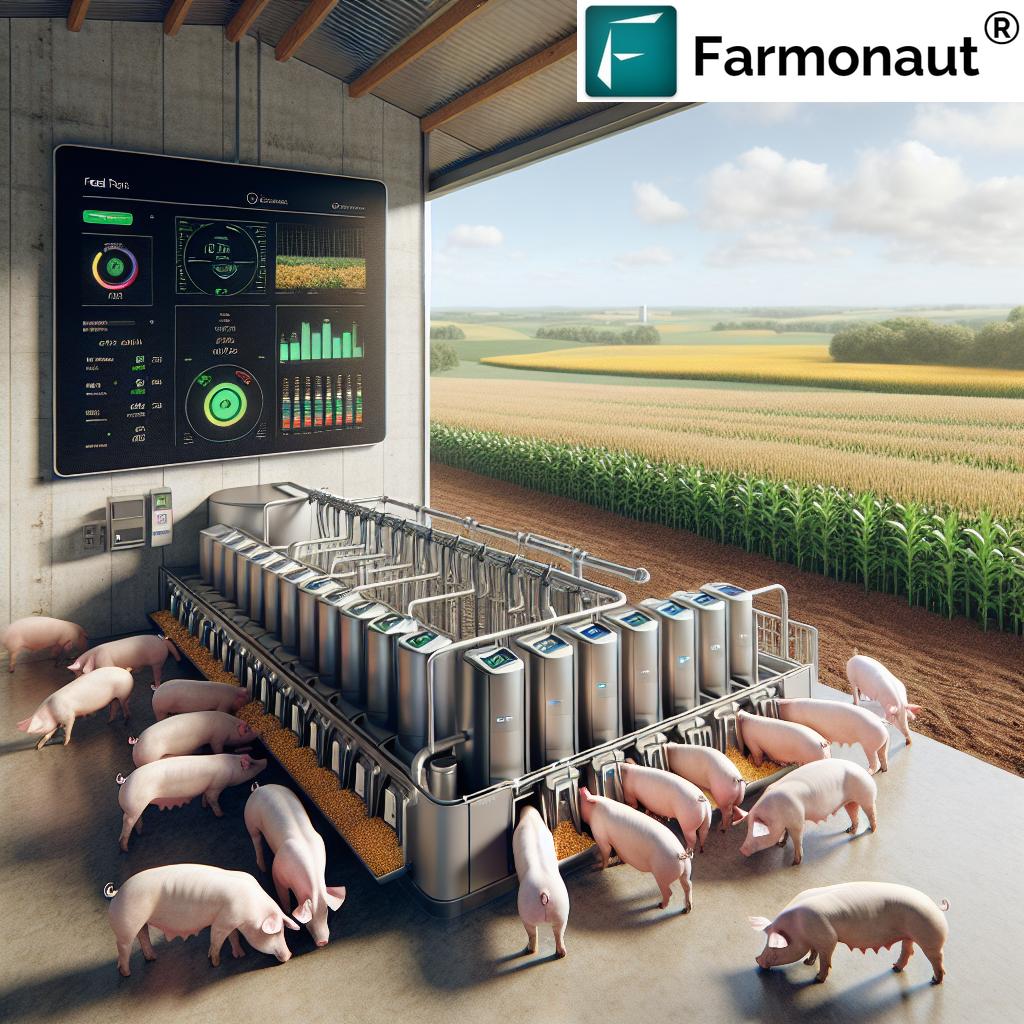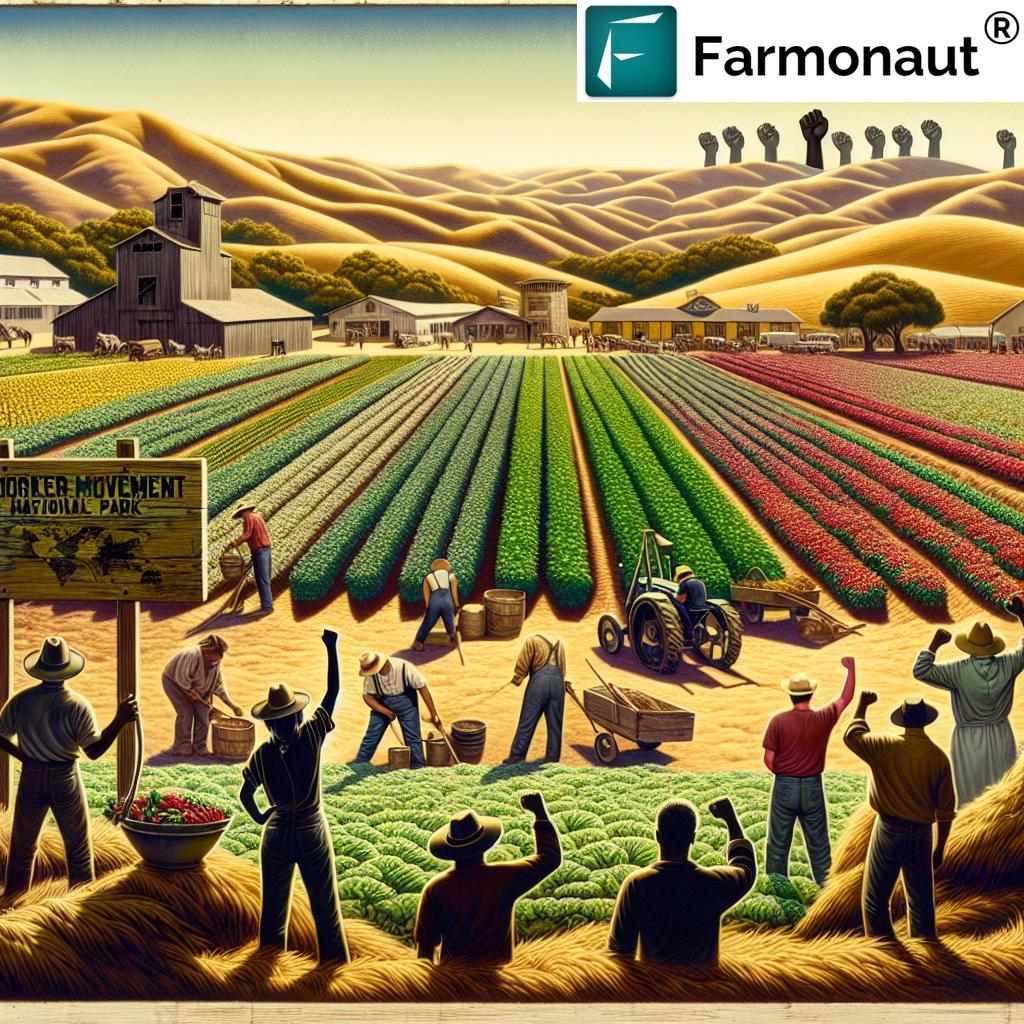Texas Farmers Embrace Digital Revolution: How Internet and Satellite Technology are Transforming Agriculture
“70% of Texas farmers now have internet access, with satellite and DSL connections being the most popular options.”
In the heart of the Lone Star State, a digital revolution is sweeping across the vast farmlands, transforming the way Texas farmers operate. As we delve into the evolving landscape of Texas agriculture technology, we’ll explore how farm internet usage and digital farming trends are reshaping the agricultural sector in this iconic American state.
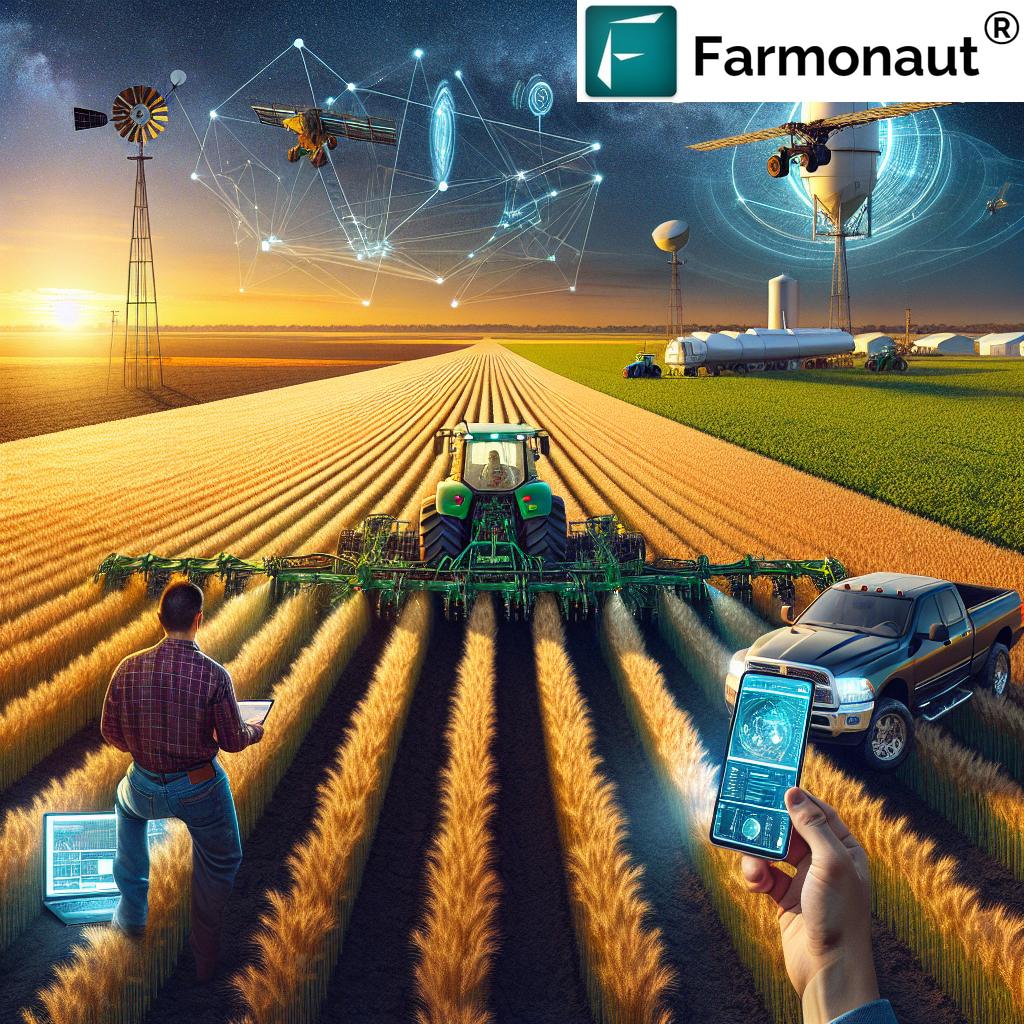
The Rise of Internet Connectivity in Texas Agriculture
The United States Department of Agriculture (USDA) has recently released a report that sheds light on the remarkable progress Texas farmers have made in embracing digital technologies. According to this report, a staggering 70% of Texas farmers now have internet access, marking a significant milestone in the state’s agricultural modernization efforts.
- Satellite Internet: Leading the charge in connecting rural Texas
- DSL Connections: Providing reliable broadband to many farm operations
- Mobile Internet: Enabling on-the-go access for busy farmers
This surge in connectivity is not just about browsing the web; it’s fundamentally changing how farmers manage their operations, access crucial information, and make informed decisions about their crops and livestock.
Smart Devices: The New Tools of the Trade
As we witness this digital transformation, it’s clear that smart devices are becoming as essential to modern farming as tractors and irrigation systems. The USDA report reveals that 34% of Texas farmers are now utilizing smartphones or tablets for various business tasks.
“34% of Texas farmers use smartphones or tablets for agricultural business tasks, embracing the digital revolution in farming.”
These pocket-sized powerhouses are revolutionizing farm management in several ways:
- Real-time weather monitoring and forecasting
- Crop and livestock management apps
- Market price tracking and commodity trading
- Remote monitoring of farm equipment and irrigation systems
With these smart devices, Texas farmers are able to make quick decisions, optimize their operations, and stay connected to the global agricultural marketplace.
Farm Business Management Software: The Digital Brain of Modern Agriculture
The adoption of farm business management software is steadily increasing among Texas farmers, although the state is slightly behind the national average in this regard. These sophisticated software solutions are becoming the central nervous system of modern farm operations, offering:
- Financial management and bookkeeping
- Inventory tracking and supply chain management
- Crop planning and yield forecasting
- Labor management and payroll processing
As more Texas farmers recognize the value of these digital tools, we expect to see a rapid increase in adoption rates, bringing the Lone Star State in line with or even surpassing national averages.
Online Agricultural Input Purchases: A Growing Trend
The digital revolution is not only changing how Texas farmers manage their operations but also how they procure essential supplies. Online purchasing of agricultural inputs is gaining traction, offering convenience and often better prices. Texas farmers are increasingly turning to the internet for:
- Seeds and fertilizers
- Farm chemicals and pesticides
- Veterinary supplies
- Machinery and replacement parts
While the adoption rate for online purchases is growing, there’s still significant room for expansion in this area, presenting opportunities for both farmers and agribusiness suppliers.
Satellite-Based Solutions: The Future of Precision Agriculture
As we explore the technological advancements in Texas agriculture, it’s impossible to overlook the role of satellite-based solutions. Companies like Farmonaut are at the forefront of this revolution, offering advanced tools for precision agriculture, weather monitoring, and crop management.
Farmonaut’s satellite-based farm management solutions provide Texas farmers with:
- Real-time crop health monitoring
- Precise weather forecasting
- AI-driven advisory systems for crop management
- Resource optimization tools
These cutting-edge technologies align perfectly with the growing trend of digital adoption in Texas agriculture, offering farmers unprecedented insights into their operations.
Explore Farmonaut’s solutions:
Digital Marketing and E-commerce in Texas Agriculture
The digital revolution is not just about farm management; it’s also transforming how Texas farmers market their products and connect with consumers. We’re seeing a growing trend in agricultural online marketing, with farmers leveraging various digital platforms to:
- Showcase their products to a wider audience
- Engage directly with consumers through social media
- Participate in online farmers’ markets and food hubs
- Develop brand identities and tell their farm’s unique story
This shift towards digital marketing is opening up new opportunities for Texas farmers to diversify their income streams and build stronger connections with their customer base.
Commodities Trading and Market Data Access
In the fast-paced world of agricultural commodities, access to real-time market data is crucial. Texas farmers are increasingly leveraging digital platforms for:
- Tracking commodity prices
- Participating in online auctions
- Accessing global market trends and forecasts
- Making informed decisions about when to sell their crops or livestock
This digital access to market information is leveling the playing field, allowing even small-scale Texas farmers to make data-driven decisions that were once the domain of large agribusinesses.
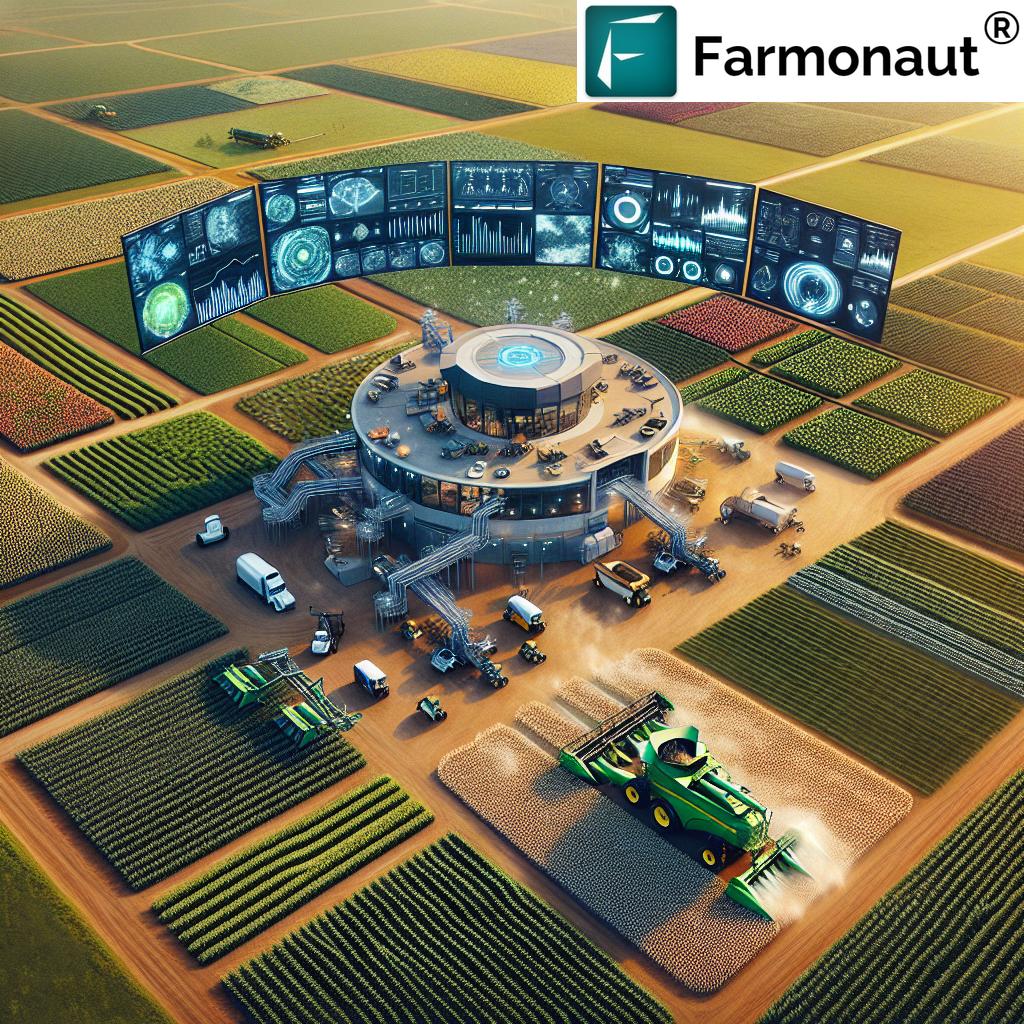
The Impact of Digital Technologies on Farm Productivity
As we analyze the effects of this digital revolution, it’s clear that these technological advancements are significantly boosting productivity in Texas agriculture. The integration of digital tools is enabling farmers to:
- Optimize resource usage, reducing waste and costs
- Improve crop yields through precision agriculture techniques
- Enhance livestock management with real-time health monitoring
- Streamline supply chains and logistics
These improvements in productivity are not only benefiting individual farmers but are also contributing to the overall strength and resilience of Texas’s agricultural sector.
Sustainability and Environmental Stewardship
The digital revolution in Texas agriculture is also playing a crucial role in promoting sustainability and environmental stewardship. Advanced technologies are enabling farmers to:
- Reduce water usage through precision irrigation
- Minimize chemical inputs with targeted application methods
- Monitor soil health and implement conservation practices
- Track and reduce carbon footprints
By leveraging these digital tools, Texas farmers are not only improving their bottom line but also ensuring the long-term health and productivity of their land.
Challenges and Opportunities in Digital Adoption
While the benefits of digital adoption in Texas agriculture are clear, it’s important to acknowledge the challenges that farmers face in this transition:
- Initial costs of implementing new technologies
- Learning curve associated with digital tools
- Concerns about data privacy and security
- Reliable internet connectivity in remote rural areas
However, these challenges also present opportunities for innovation and collaboration within the agricultural community. We’re seeing the emergence of:
- Farmer-to-farmer mentorship programs for technology adoption
- Public-private partnerships to improve rural broadband access
- Educational initiatives focused on digital literacy for farmers
- Development of user-friendly, integrated farm management platforms
The Role of Policy in Supporting Digital Agriculture
As we consider the future of digital farming in Texas, it’s crucial to recognize the role that policy plays in supporting this transformation. State and federal initiatives are focusing on:
- Expanding broadband access in rural areas
- Providing grants and incentives for technology adoption
- Developing frameworks for agricultural data privacy and security
- Supporting research and development in agtech innovation
These policy efforts are essential in creating an environment where Texas farmers can fully leverage the benefits of digital technologies.
The Future of Texas Agriculture in the Digital Age
As we look to the future, the digital revolution in Texas agriculture shows no signs of slowing down. We anticipate seeing:
- Increased integration of AI and machine learning in farm management
- Widespread adoption of Internet of Things (IoT) devices on farms
- Growth in precision agriculture techniques
- Expansion of blockchain technology for supply chain transparency
These advancements will continue to transform the agricultural landscape of the Lone Star State, positioning Texas farmers at the forefront of global agricultural innovation.
Comparative Analysis: Digital Technology Adoption in Texas Agriculture
| Technology Type | Texas Adoption Rate (%) | National Average (%) |
|---|---|---|
| Internet Access | 70% | 75% |
| Smartphones/Tablets Usage | 34% | 38% |
| Farm Management Software | 18% | 22% |
| Online Input Purchases | 16% | 20% |
| Satellite Internet | 35% | 30% |
| DSL Connections | 30% | 28% |
| Satellite-based Solutions (e.g., Farmonaut) | 10% | 12% |
This table provides a clear comparison between Texas and the national average in terms of digital technology adoption in agriculture. While Texas is leading in some areas like satellite internet adoption, there’s still room for growth in others, particularly in the use of farm management software and online input purchases.
Leveraging APIs for Agricultural Innovation
In the realm of agricultural technology, APIs (Application Programming Interfaces) are playing an increasingly important role. They allow different software systems to communicate and share data, opening up new possibilities for innovation and integration in farm management.
Explore Farmonaut’s API solutions:
Farmonaut API
API Developer Docs
These APIs enable developers and businesses to integrate powerful satellite and weather data into their own agricultural applications, further driving the digital revolution in Texas farming.
Subscription-Based Services: Democratizing Access to Advanced Agricultural Tools
One of the key trends we’re observing in the digital transformation of Texas agriculture is the rise of subscription-based services. These models are making advanced agricultural technologies more accessible to farmers of all sizes. Here’s an example of how such subscription services can be structured:
This type of flexible pricing model allows Texas farmers to choose the level of service that best fits their needs and budget, making advanced agricultural technologies more accessible and scalable.
FAQ: Digital Revolution in Texas Agriculture
Q: How is internet connectivity changing farming in Texas?
A: Internet connectivity is enabling Texas farmers to access real-time market data, use precision agriculture tools, and leverage online resources for farm management and marketing.
Q: What are the most popular smart devices used by Texas farmers?
A: Smartphones and tablets are the most commonly used smart devices, with 34% of Texas farmers utilizing them for various agricultural business tasks.
Q: How are satellite-based solutions benefiting Texas agriculture?
A: Satellite-based solutions provide farmers with accurate weather forecasting, crop health monitoring, and resource management tools, leading to more informed decision-making and improved productivity.
Q: What challenges do Texas farmers face in adopting digital technologies?
A: Key challenges include initial costs, the learning curve associated with new technologies, concerns about data privacy, and ensuring reliable internet connectivity in rural areas.
Q: How is digital technology improving sustainability in Texas agriculture?
A: Digital technologies enable precision agriculture practices, reducing water and chemical usage, improving soil health monitoring, and helping farmers track and reduce their carbon footprint.
Conclusion: Embracing the Digital Future of Texas Agriculture
As we’ve explored throughout this article, the digital revolution is fundamentally transforming agriculture in the Lone Star State. From satellite internet connections to AI-powered crop management tools, Texas farmers are increasingly leveraging technology to improve productivity, sustainability, and profitability.
While challenges remain, the opportunities presented by this digital transformation are immense. As more farmers embrace these technologies and as policymakers continue to support digital adoption, we can expect to see Texas agriculture become even more efficient, sustainable, and competitive on the global stage.
The future of farming in Texas is digital, and it’s a future full of promise and potential. As we move forward, it will be exciting to see how Texas farmers continue to innovate and lead in this new era of agriculture.


